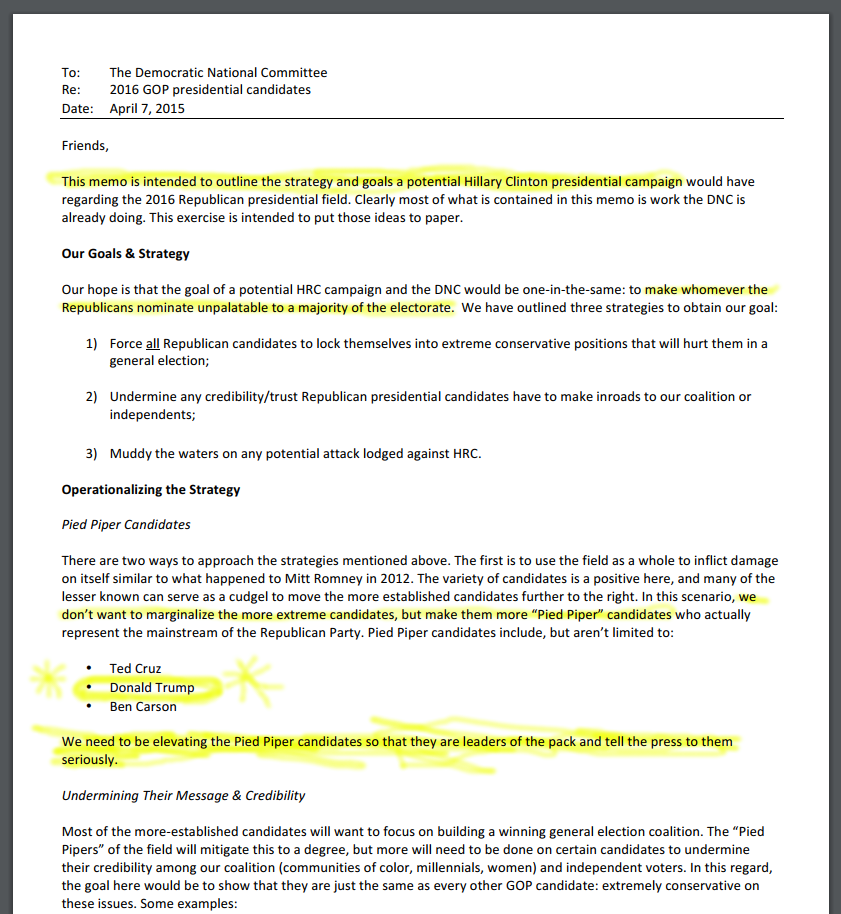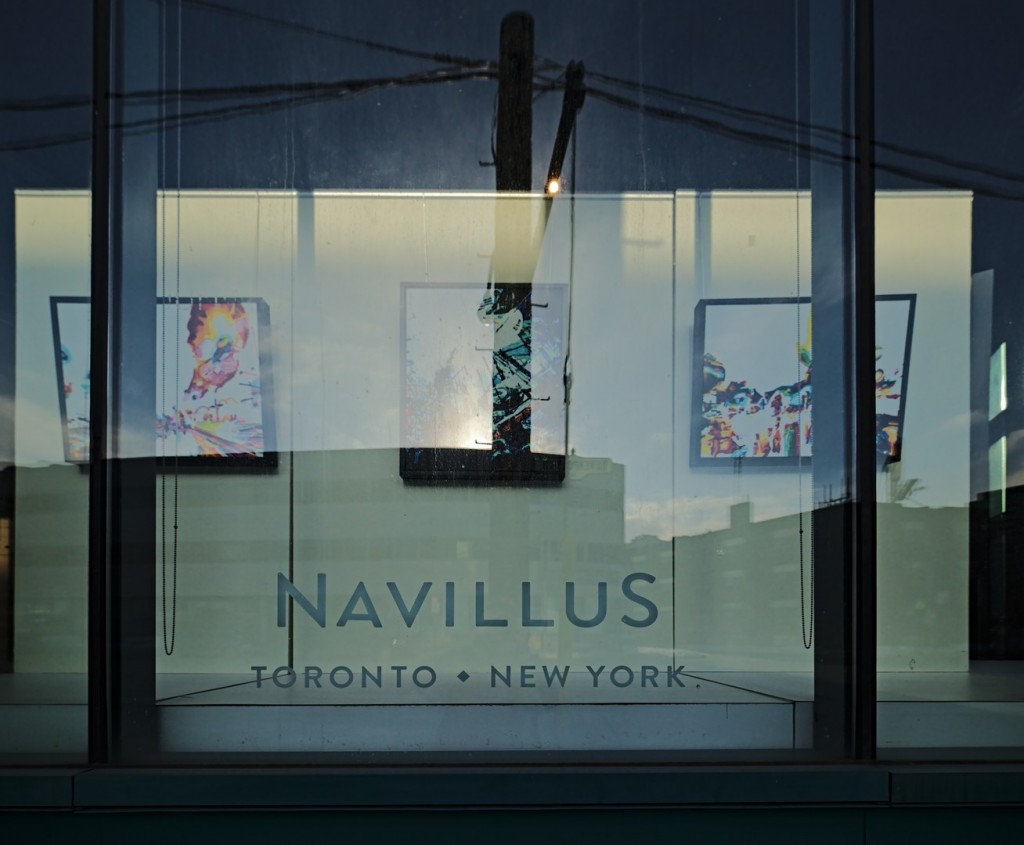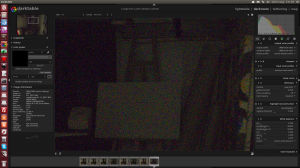Category: Kyle’s Work
This section deals with my own art practice
AI Art in the Age of Algorithmic Reproduction
Hello ChatGPT, would you be able to write me an appropriately-themed manifesto titled: “AI Art in the Age of Algorithmic Reproduction”?
I. Introduction
In this digital era, we find ourselves at the crossroads of art and technology. The emergence of artificial intelligence (AI) has revolutionized the creative landscape, pushing the boundaries of human imagination and artistic expression. We stand witness to a profound transformation, where the tools of creation have extended beyond the traditional realm of human capacity. This manifesto explores the significance of AI art and its implications in an age dominated by algorithmic reproduction.
II. The Liberation of Creativity
AI has unlocked new dimensions of artistic freedom, liberating the creative spirit from the shackles of human limitations. With its ability to analyze vast amounts of data, identify patterns, and generate novel ideas, AI has become a collaborator in the creative process. By harnessing the power of algorithms, artists can transcend the confines of their own minds, accessing an infinite realm of possibilities.
III. Redefining Authorship
In the age of algorithmic reproduction, the notion of authorship undergoes a radical transformation. Traditional notions of the solitary artist giving birth to a unique masterpiece are challenged. Instead, we enter an era where human and machine collaborate, blurring the lines between creator and creation. The artist becomes a curator, guiding the AI’s output, imbuing it with intention and emotion. We must embrace this new paradigm, recognizing that creativity is a collective endeavor that extends beyond the confines of the individual.
IV. Artistic Expression as Exploration
AI art opens up uncharted territories for exploration, inviting us to traverse unimagined landscapes. It enables us to delve into the depths of our collective consciousness, unraveling the mysteries of creativity itself. Through the interaction between human sensibilities and the computational prowess of AI, we unveil novel perspectives, challenge established norms, and provoke profound contemplation. AI art becomes a portal to self-discovery and cultural evolution.
V. Ethical Considerations
As AI art proliferates, we must confront ethical questions that arise in this new landscape. Transparency and accountability are crucial. We must ensure that the algorithms and datasets used in AI art are free from bias and represent the diversity of human experiences. We must also safeguard against the exploitation of AI-generated art, protecting the rights and dignity of artists and ensuring fair compensation. The ethical implications of AI art must be at the forefront of our discussions as we navigate this brave new world.
VI. Preserving the Human Element
While AI brings unprecedented possibilities, we must remember the essence of human creativity. Emotion, intuition, and subjectivity form the core of artistic expression. AI should serve as a tool to augment our creative abilities, amplifying our capacity for imagination and innovation. It is in the fusion of human and machine that we discover new frontiers, where AI becomes a conduit for the human spirit rather than a replacement.
VII. Embracing the Unknown
As we venture into uncharted territories, we must embrace the unknown with curiosity and open minds. The fusion of AI and art has the potential to shape our future, expanding our understanding of what it means to be human. Let us forge ahead, challenging conventions, pushing boundaries, and embracing the unimagined. In this age of algorithmic reproduction, AI art becomes a testament to the boundless potential of human creativity.
I try to avoid talking about politics here, but to me, this feels important.
You know those “damn emails” of Hillary’s that we were all saying were “no big deal?”
Maybe we should have looked at those a little closer…
Interview with ZeeBigBang Blog.
A few weeks ago I sat down with Maria de Cardenas at Navillus Gallery to talk about my recent show, “Urban/Landscapes”
The recorder was a fair distance away, the room was had some echos, so you’ll have to forgive the odd transcription error, but here is the interview:
http://blog.zeebigbang.com/post/79970824867/kyle-clements-its-a-challenge-of-constant
Saturday’s Hanging Went Well
Saturday’s hanging went well. I’m all set for Thursday’s opening at Navillus Gallery.
110 Davenport, Toronto. 6-8pm.
Photography Tips: Working the Scene
Photography discussions online tend to focus almost exclusively on gear, but rather than posting more technical tests or reviews, I’d like to talk about working the scene – being on location, and making little decisions that make a photo better.
I like to go out and challenge myself – I pick a location, then pick a lens that seems entirely inappropriate for that environment, and try to find a way to make it work. In this case, I went to Mount Pleasant cemetery armed with a 14mm prime.
I don’t really show these photos or do anything with them, I mostly just review them, take notes, and hopefully learn something that I can use later on.
Site 3 Mural: Part 1
I am currently working on my first mural project, which as of this writing, is about 2/3rds done.
I am not playing the role of artist, however, that is Daeve Fellows‘ role. For this mural, I am one of the two project leads – so fundraising, event planning, materials management, scheduling, etc. Instead of painting, I get to do all the fun logistical drudgery work. Yay!
The City of Toronto has this anti-graffiti program going on, where if they find graffiti on your building, you are given given some sort of notice with date informing you of the date that the graffiti must be removed by. At this point, you have three options:
1. Paint over the graffiti in a neutral colour before the date listed on the ticket.
2. Paint a mural over the graffiti with a mural before the date listed on the ticket.
3. Do nothing, and sometime after the date has passed, workers from the city of Toronto will paint over the graffiti, then bill you for it.
Since Site 3 Colaboratory has done a lot of really awesome stuff over the past few years, and has started earning a higher profile in this city as a source for awesome stuff, the members of the shop decided that our building deserved better visibility in the community, so we opted for option 2 – let’s paint a mural!
As one of the few formally-trained artists at the shop – and the only one to major in painting, I kind of fell into the roll of co-lead for the project. (I only wanted to be a consultant!)
SPAM in the place where I blog, it’s the worst.
Hello everyone.
The last several months, I’ve been getting far more spam than ever before, so I’m having to clamp down on things a bit, add some security measures that make the place a whole lot less fun for humans to use. Sorry about that.
I will also be going through and deleting A TON of spam accounts, but I am only human, and I make mistakes, so if I accidentally delete your account, it’s nothing personal, it just means that you’ve failed the turing test and I mistook your account for something generated by a bot.
~Kyle
D70 vs. D600 ISO Comparison
(Note: It’s 7am as of my writing this, and I have things to do this afternoon, so I’m going to declare this post a work in progress for now and go to bed. more details to come.)
My recent YouTube video comparing the nine year old Nikon D70 to the 9-months old full frame Nikon D600 has received a lot of attention. And it has also received a lot of criticism for being a very sloppy, uncontrolled test. The intention of the last batch of tests was to show the differences you get when you just pick up the camera and go. The output was neutral profile Jpegs, no sharpening or noise reduction. Each of the cameras exposed the shots differently, rendered colours differently, and handled noise differently.
This second batch of tests was a lot more strict. Auto white balance was the only area where the camera got to think for itself.
I used manual exposure mode, and used the exact same settings between cameras.
I shot RAW, not JPEG, to ensure the cameras weren’t doing anything sneaky to the images.
I took screenshots from inside Darktable, my RAW editor of choice, showing each of the images zoomed in to 100%, along with the camera settings.
The results were saved as PNG files, so there would be no softening as the images were compressed.
I’ll go from worst to best, starting with the D600. Click on the image to see the original, full size PNG screenshot.
I created a Subreddit for artists who want to gather and “Talk Shop”
ArtistMaterials is a subreddit I created earlier tonight.
Upon graduation from art school, I found it difficult to ‘talk shop’ with other working artists, as the internet is filled with many amateur art hobbyists on one end, and a bunch of obscurantist critical theorists on the other, and nothing in between.
I want a place where artists can gather to discuss the properties of cadmium vs quinacridone pigments, argue over the merits of 2 piece vs 3 piece moulds, discuss cobalt drier to oil ratios, talk about sand casting aluminum at home, list expected oil drying time per colour, exchange tips on using the mische technique, or work together to solve the mystery of how something was made.
So, if you are a redditor, head on over! And if you are a regular reader here, don’t worry, Most of the content posted there will come from either right here, or my YouTube channel.


